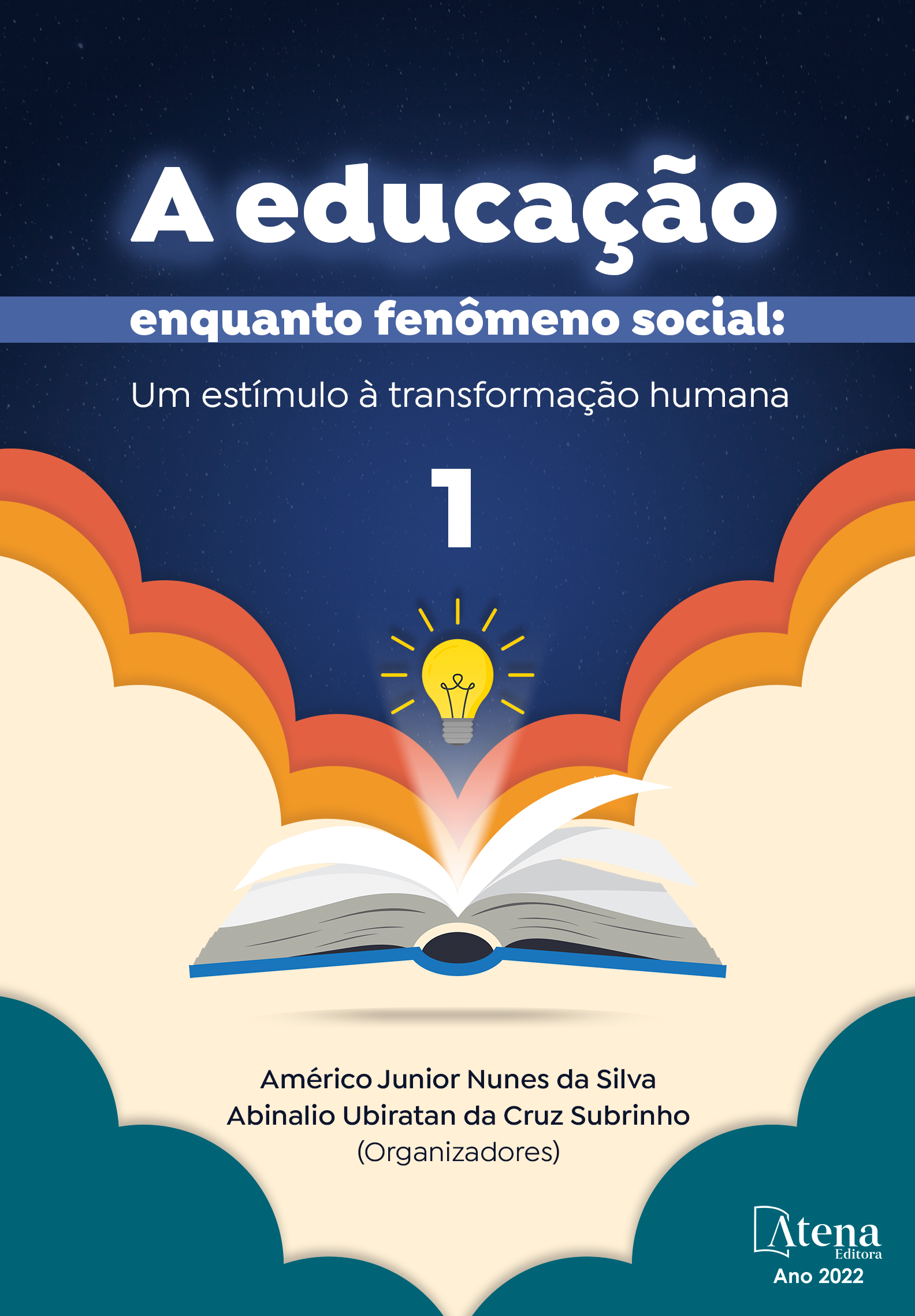
TECENDO A TEIA ENTRE O ENSINO DE ZOOLOGIA E SAÚDE: MATERIAL DIDÁTICO DE ARACNÍDEOS (CHELICERATA: ARACHNIDA) PEÇONHENTOS
Arachnopulmonata é o grupo taxonômico que inclui, dentre outros, as aranhas e escorpiões, artrópodes conhecidos por sua importância médico-farmacêutica. O escorpionismo e araneísmo têm crescido entre os acidentes por animais inoculadores de peçonha no Ceará, sendo que o primeiro registra o maior número de casos para o estado. Devido a isso, futuros biólogos, biotecnólogos e profissionais das ciências agrárias devem ser capacitados a respeito da biologia e epidemiologia desses invertebrados. O objetivo deste trabalho foi elaborar um material auxiliar sobre a aracnofauna que representa perigo toxicológico, para compor a coleção didática de zoologia da Universidade Federal do Ceará e usá-la nas aulas práticas remotas e presenciais. Inicialmente, exemplares preservados de Latrodectus geometricus C. L. Koch, 1841 (viúva-marrom) em álcool 70% foram montados com alfinetes entomológicos e desidratados. A fim de representar os abrigos de viúva-marrom que é muito recorrente nas zonas urbanas, um mini-terrário em pote de vidro foi construído com substrato, folha e galho seco. Os espécimes de L. geometricus foram posicionados dentro do mini-terrário junto com ootecas secas e teias irregulares referentes à sua espécie. Por fim, 5 pranchas foram confeccionadas em papéis plastificados e salvos em formato PDF. As pranchas contêm ilustrações junto a textos informativos referentes aos gêneros Tityus, Phoneutria, Loxosceles, Latrodectus e à família Theraphosidae. A prancha sobre as caranguejeiras da família Theraphosidae compõe o material para desmistificá-las em relação ao perigo à saúde pública. Apesar de Lycosa e Sicarius não apresentarem importância médica, elas estão integradas para se comparar à morfologia e ao quadro clínico de Phoneutria e Loxosceles, outro gênero da família Sicariidae, estes sim com espécies peçonhentas de interesse médico.
TECENDO A TEIA ENTRE O ENSINO DE ZOOLOGIA E SAÚDE: MATERIAL DIDÁTICO DE ARACNÍDEOS (CHELICERATA: ARACHNIDA) PEÇONHENTOS
-
DOI: 10.22533/at.ed.65322110317
-
Palavras-chave: Araneae, Scorpiones, Aulas práticas.
-
Keywords: Araneae, Scorpiones, Laboratory classes
-
Abstract:
Arachnopulmonata is the taxonomic group that includes, among others, spiders and scorpions, arthropods known for their medical-pharmaceutical importance.
Scorpionism and araneism have increased among accidents caused by poison inoculating animals in Ceará, with the former registering the highest number of cases in the state.
Because of this, future biologists, biotechnologists and professionals in the agricultural
sciences must be trained in the biology and epidemiology of these invertebrates. The objective of this work was to elaborate an auxiliary material about arachnofauna that represents toxicological danger, to compose the zoology didactic collection of the Federal University of Ceará and use it in remote and in-person practical classes. Initially, preserved
specimens of Latrodectus geometricus C. L. Koch, 1841 (brown widow) in 70% alcohol were mounted with entomological pins and dehydrated. In order to represent the brown widow
shelters that are very recurrent in urban areas, a mini-terrarium in a glass pot was built with substrate, leaf and dry branch. Specimens of L. geometricus were placed inside the
mini-terrarium along with dry ootheca and irregular webs referring to their species. Finally, 5 plates were made of plastic-coated paper and saved in PDF format. The plates contain illustrations together with informative texts referring to the genera Tityus, Phoneutria, Loxosceles, Latrodectus and the family Theraphosidae. The plate on the Theraphosidae family of tarantulas composes the material to demystify them in relation to the danger to public health. Although Lycosa and Sicarius do not present a medical importance, they are integrated to compare the morphology and clinical picture of Phoneutria and Loxosceles,
another genus of the Sicariidae family, these indeed with venomous species of medical interest.
-
Número de páginas: 12
- Paulo Cascon
- Jaderson Jales Martins


